|
We all know the Swiss Army knife with knife blades, toothpick, comb, scissors and more folding out from its case. The Swiss are fairly innovative, but this is one invention that the ancient Romans might have beat them on. This example of a Roman multi-tool was used nearly 2000 years ago and discovered in an unspecified Mediterranean site. This intricate design dates from around 200 AD and is made of silver, with an obviously rusted iron knife blade. It has implements that fold out for use: knife, spoon, fork, spike, spatula and small tooth-pick. Some believe this was an eating and grooming instrument carried by Roman troops, but more than likely, because it was made of silver, it was used by a higher ranked official of the Legionnaires or possibly a political figure--definitely a wealthy Roman traveler. It is in the Greek and Roman antiquities gallery at the Fitzwilliam Museum, in Cambridge, England. --GVI 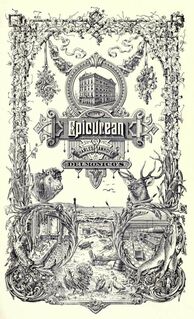 Delmonico's Restaurant in New York City was the first establishment to use the name "restaurant". They were the first restaurant to have printed menus. They were the first restaurant to offer a cookbook. They were the first restaurant to serve women sitting without men at their own table (how shocking!) Delmonico's was also the first dining establishment in America to price individual dishes à la carte, as was the custom in Paris. Before this, American inns served one price and only one dish--no menu. Everyone was charged the same fixed price whether they ate more or less than other patrons. They were also the first to open (for a while) the Delmonico Hotel, without the standard "room and board" pricing, but charged for room and meals separately. They were the first restaurant considered to be "fine dining", attracting celebrities and presidents alike. By 1862, Chef de Cuisine, Charles Ranhofer some of the most famous American dishes such as Eggs Benedict, Baked Alaska, Lobster Newburg and Chicken A la Keene (yes, not "King").Ranhofer published his cookbook, The Epicurean," in 1894. 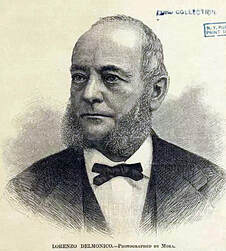 Giovanni and Pietro Delmonico immigrated from from Ticino, Switzerland, their family roots being in the Trentino region of the Italian Alps. The brothers opened their first restaurant in 1827 in a rented pastry shop at 23 William Street, selling classically prepared pastries, fine coffee, chocolates, bonbons, wines and liquors as well as Havana cigars. In 1831 they were joined by their nephew, Lorenzo Delmonico, who was responsible for the wine list and developing its unique menu. In the coming years, Lorenzo learned every aspect of the restaurant business and was the driving force behind its impeccable standards of both product and service. The Delmonico Farm and Villa In 1834, the brothers earmarked $16,000 (worth $500,000 today) from their profits to purchase a 220 acre farm in the Williamsburg section of Brooklyn. The brothers built an imposing Italian villa at the farm but primarily used the land to cultivate vegetables unknown to Americans for their restaurant, such as endive, sorrel, eggplant, asparagus, Lupini beans, tomato and artichoke. But of course, Delmonico's has become world-renowned for their aged steaks. Their first three restaurants were all destroyed by fire after which they purchased a triangular lot in Lower Manhattan and opening their landmark restaurant at Williams Street in 1893. Marketing geniuses, they claimed the two Corinthian columns at the portico were "salvaged" from Pompeii (many dispute this claim). One early and one later menu from the 19th century 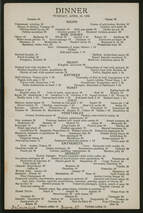 They weren't attempting to serve Italian cuisine by the looks of their original menus, but to offer an upscale "European" menu, which in all parts of Europe during the 17th - 19th centuries were mainly based on Parisian fare. As their popularity with New York's elite grew, the Delmonico family opened other restaurants under the name, operating up to four at a time. In total they had opened 10, illustrating the determination of this family. The popularity of their restaurant (with its high priced menu) drew both local and national politicians, financiers such as Vanderbuilt, luminaries like Mark Twain and Italian inventor Tesla. Domenico's was (and still is) a place to discuss the financing for inventors, presidential campaigns, hob-nob with opera stars and authors... definitely now a place for the hoi polloi or common workers of Manhattan Oscar Tucci bought it in 1926 and turned it into a speakeasy during Prohibition, purchasing the third liquor license in New York after the liquor started flowing again. The Tucci family ran the business as Oscar's Delmonico until the 1980s. Various imitators opened other "Delmonico's" but were unrelated to the original family or its philosophy. Today at the landmark Williams Street restaurant, a large corporation runs a close approximation to the old world dining experience that the Brothers Delmonico first realized. --Jerry Finzi Delmonico's Italian Steakhouse |
On Amazon:
|

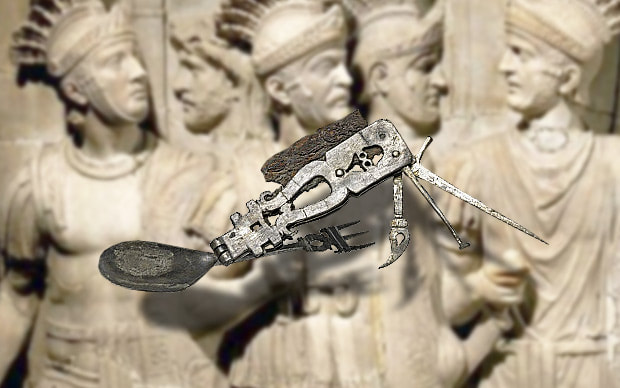
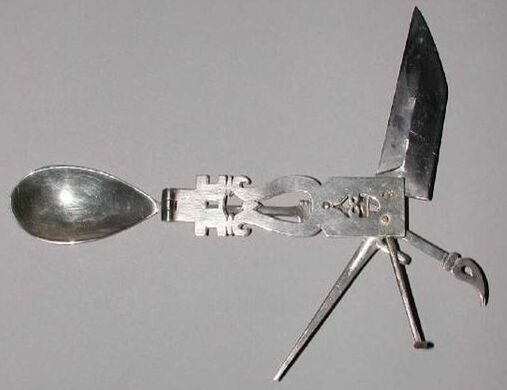
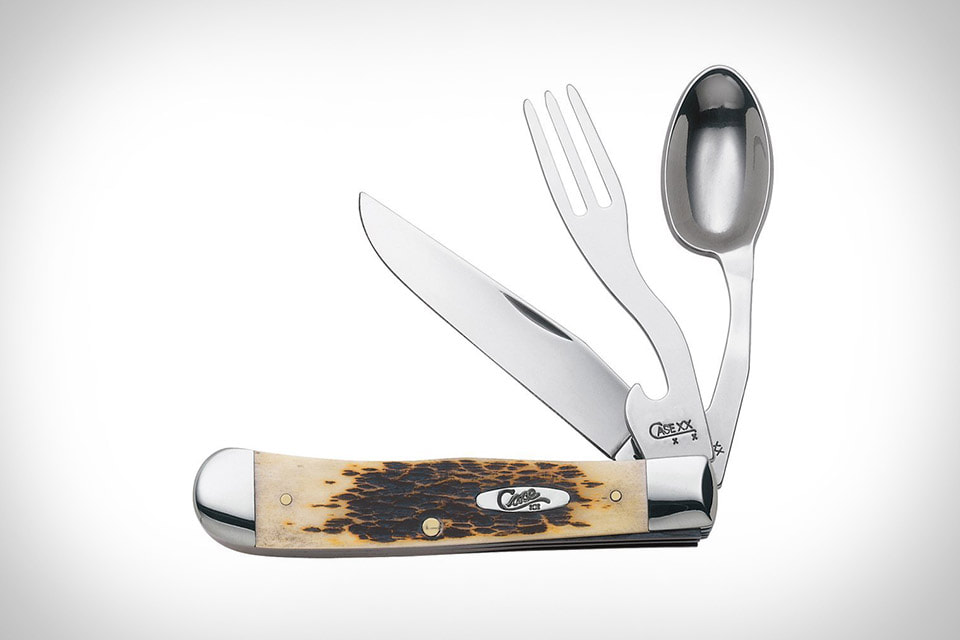


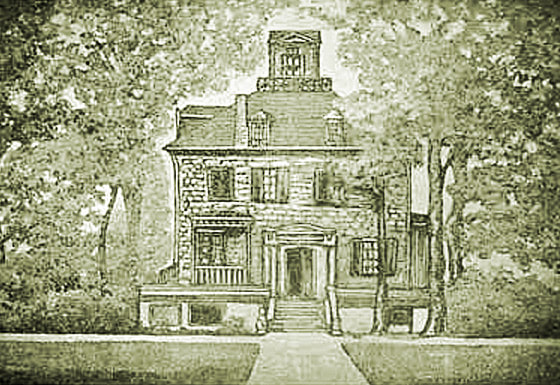
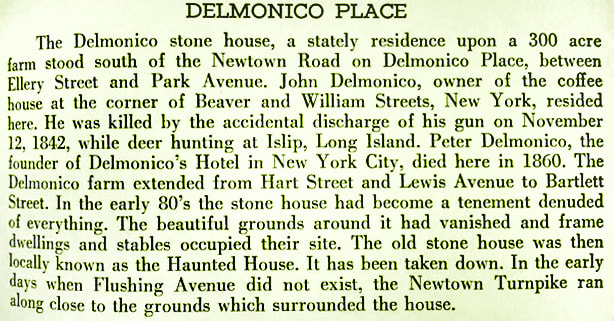
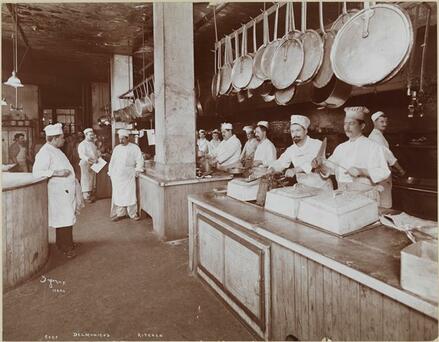
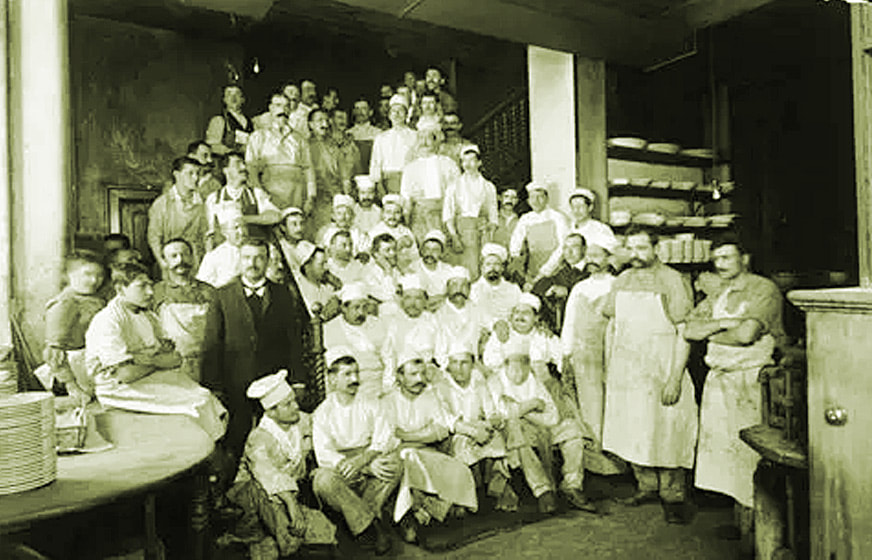
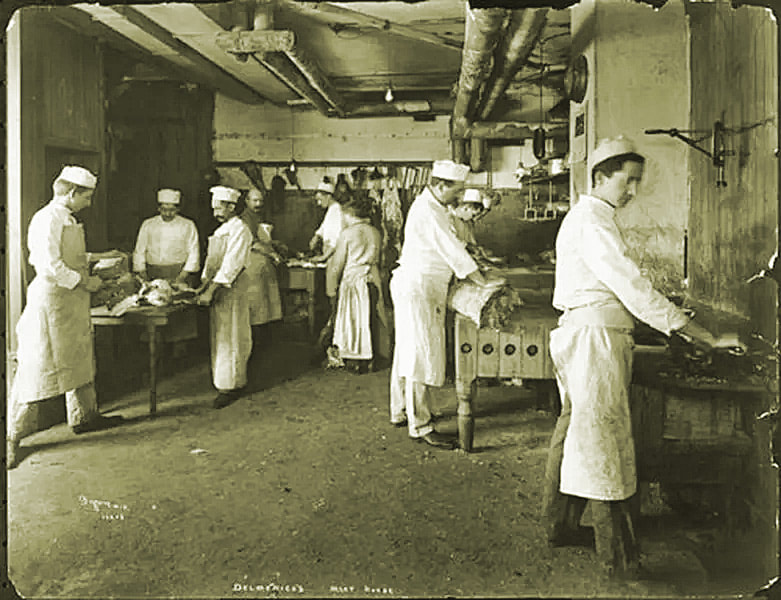
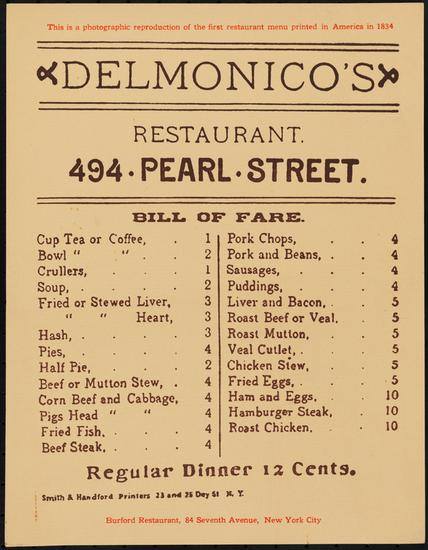
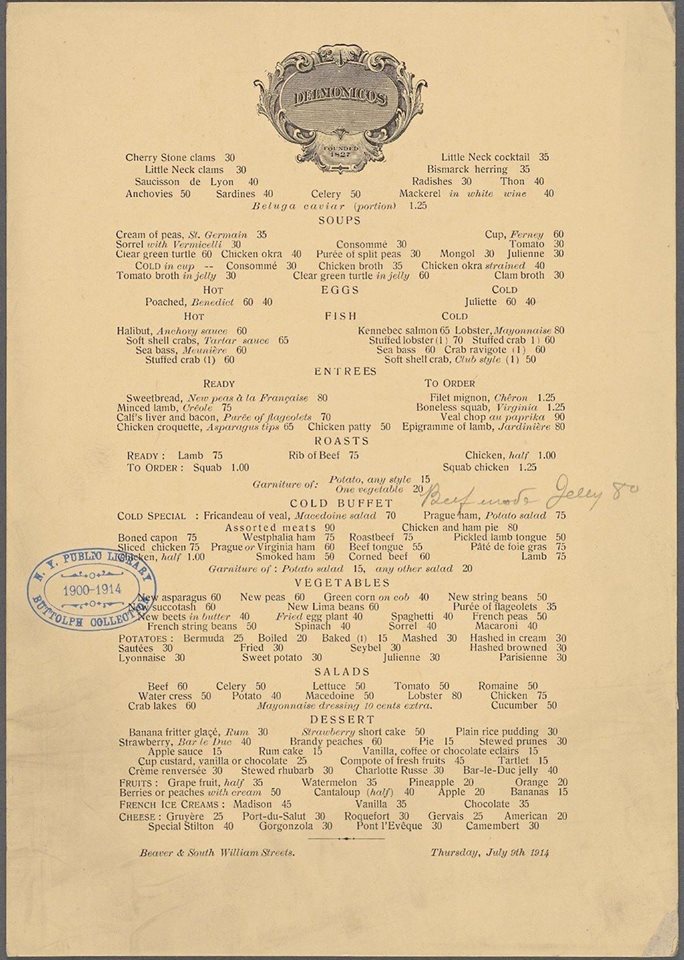
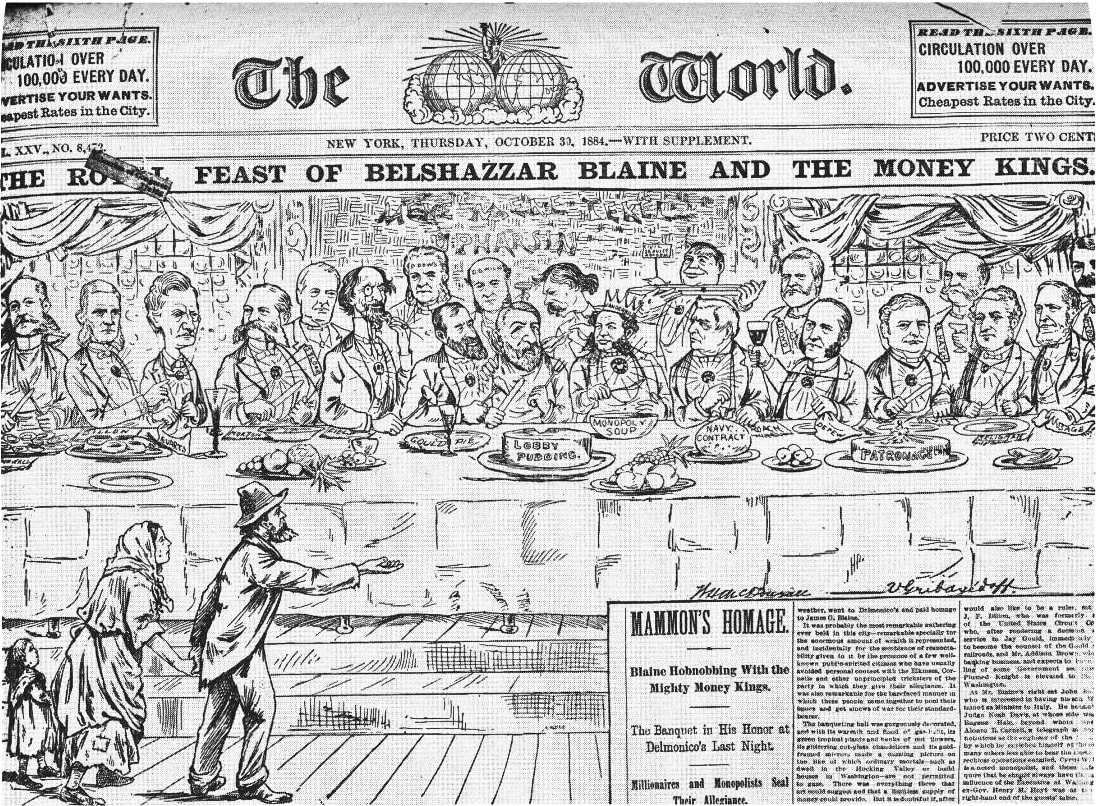
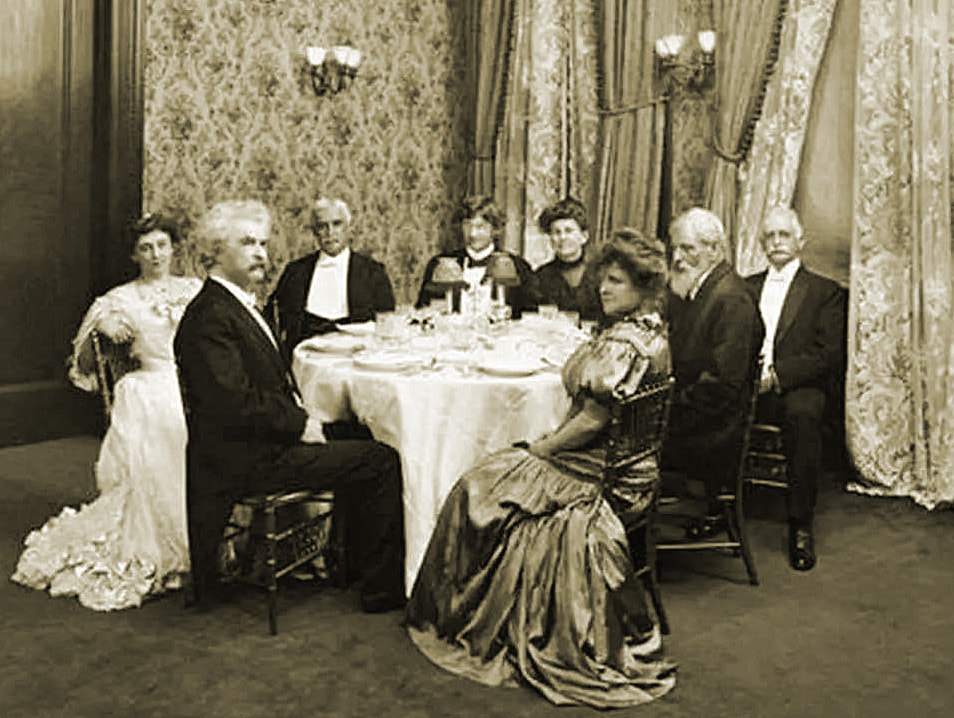
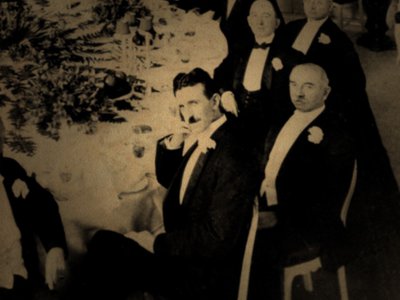
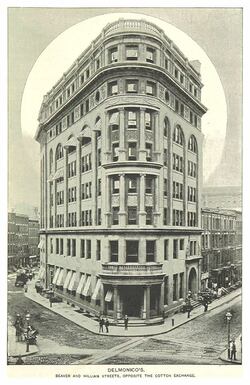
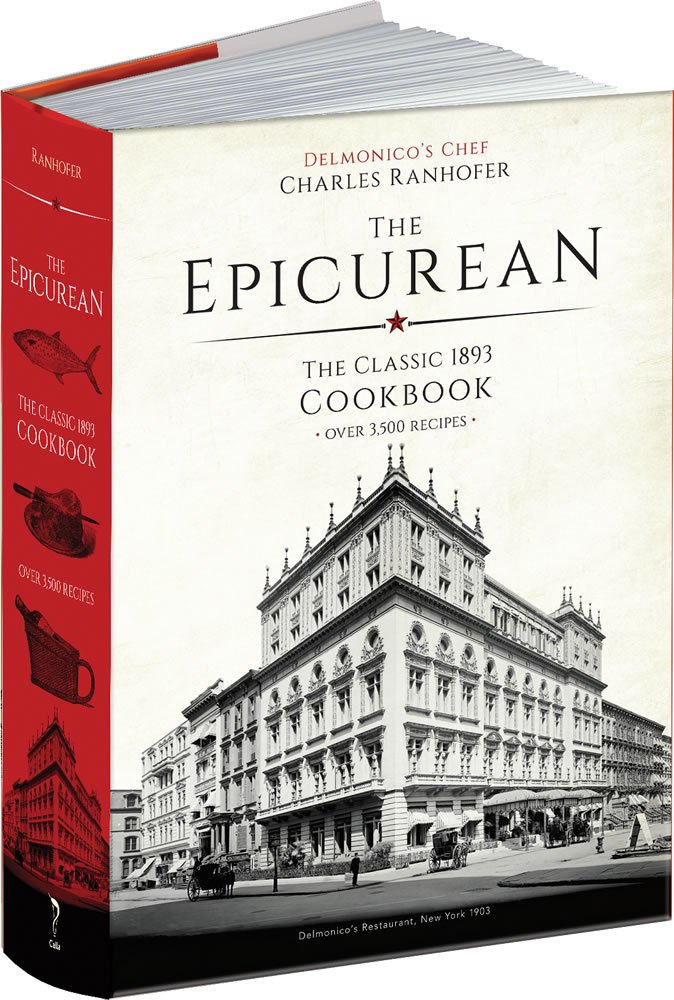


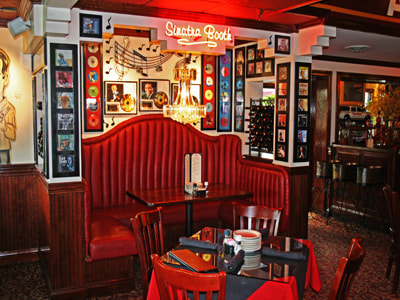
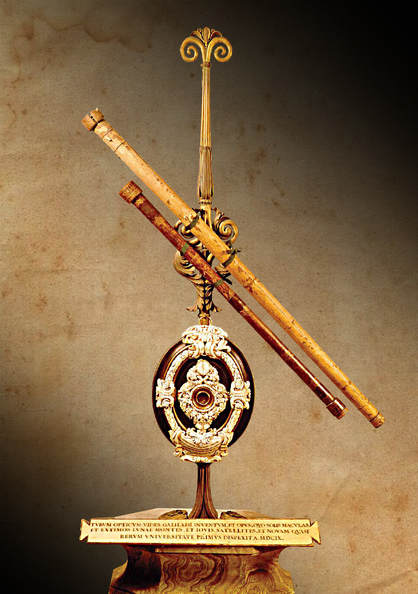
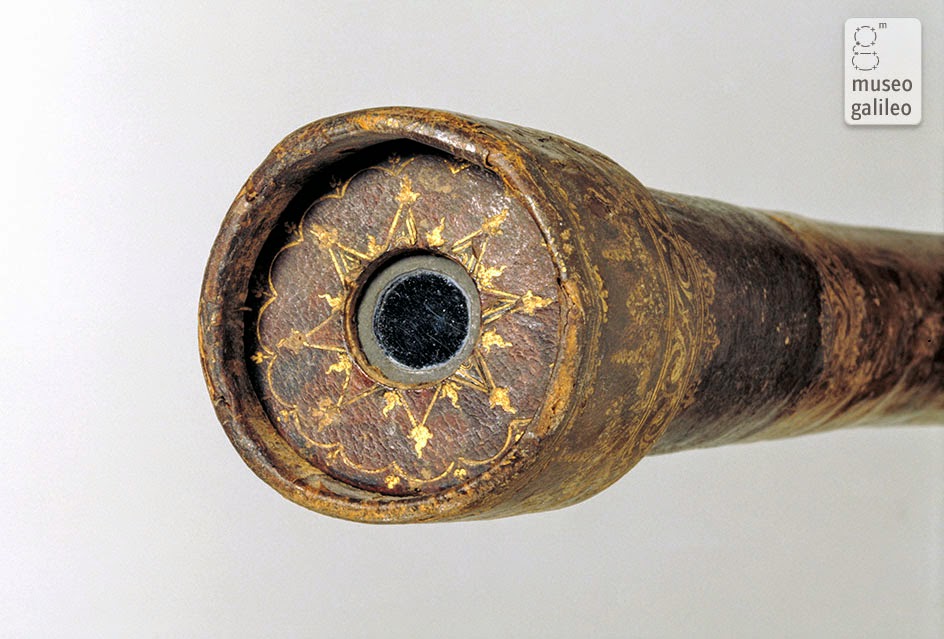
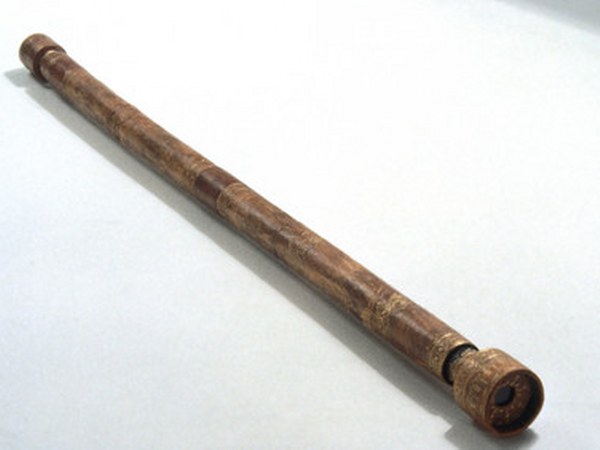
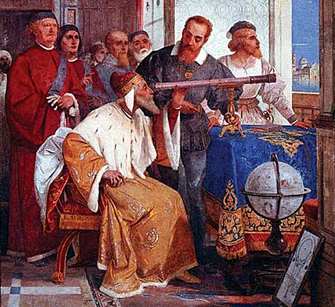
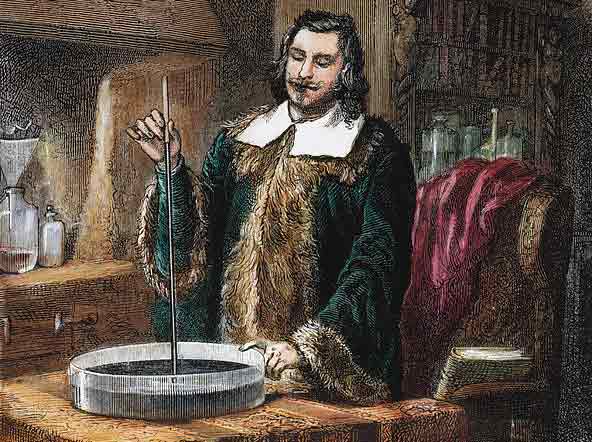
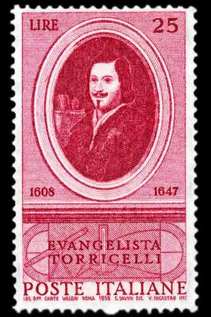
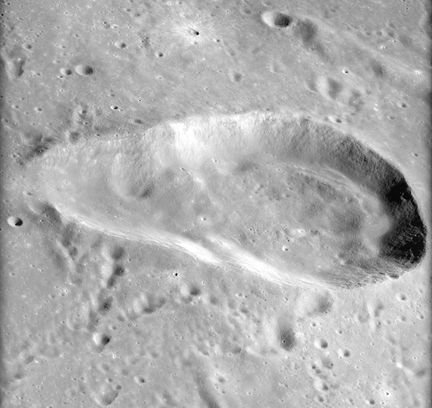
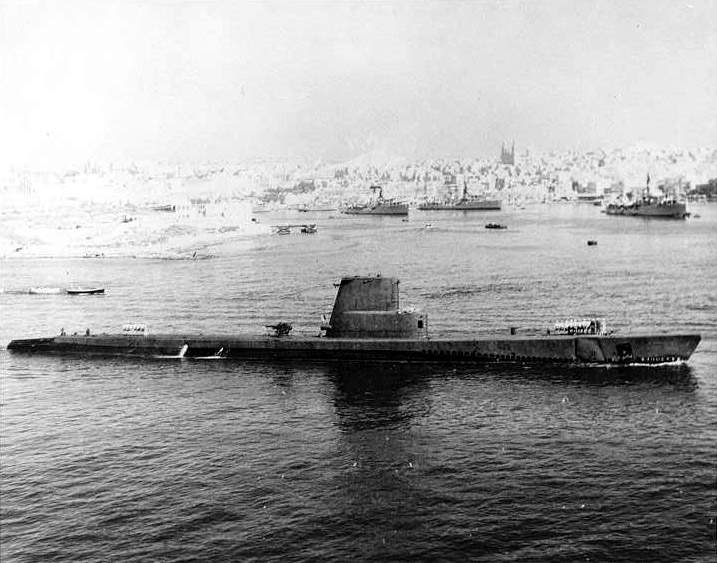


 RSS Feed
RSS Feed
